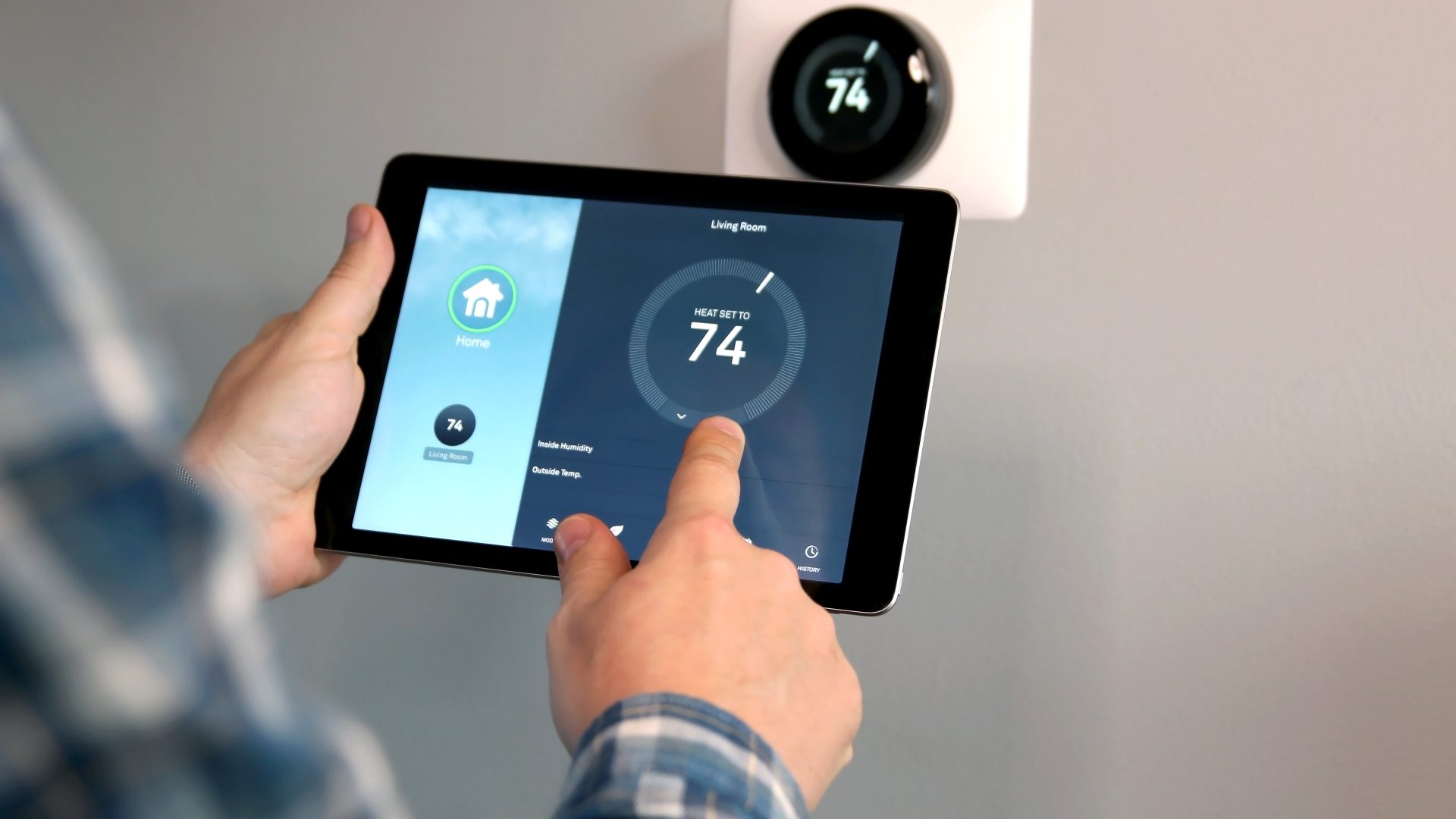What is a residential furnace?
Introduction to Residential Furnaces A residential furnace is an essential component of many homes, providing warmth and comfort during the chilly seasons. It operates as the core of a household’s heating system, typically situated in an area such as the...
What is a residential air handler?
Defining the Residential Air Handler Within a home’s heating and cooling infrastructure, a residential air handler stands as a crucial component designed to facilitate air movement. You’ll typically find this device situated in an indoor location, seamlessly integrating with the...
What is a residential coil?
Introduction to Residential Heating and Cooling Coils Residential coils are vital components of home heating and cooling systems. These units play a key role in regulating indoor temperature and humidity. They are typically within the home and serve as the...
What does R-22 stand for?
Introduction to R-22 R-22, once a prevalent choice for cooling, is a refrigerant widely utilized in air conditioning and refrigeration systems. This substance has been a linchpin in providing comfort and preservation in various settings for many years. Its chemical...
What does R-410A stand for?
Introduction to R-410A R-410A, commonly known as Puron, has emerged as a prevalent choice in air conditioning and refrigeration systems. This refrigerant has garnered attention for its eco-friendly properties as it is the successor to its less environmentally friendly predecessor,...
How does a residential thermostat work?
Managing Home Comfort with Precision A residential thermostat serves as the central command center for your home’s heating and cooling systems. Positioned strategically on a wall in a commonly-used area of the house, this device operates as the interface between...
What freon is a replacement for R-22?
R-22, known as Freon, has been used in air conditioning and refrigeration systems for decades. However, due to its chlorine content, R-22 is harmful to the Earth’s ozone layer and contributes to ozone depletion. As a result, many countries have...
What are the main components of a residential HVAC system?
Modern homes are equipped with HVAC systems to ensure a comfortable indoor climate regardless of the season. Understanding the main components of a residential HVAC system can help homeowners maintain a well-functioning unit and address any issues efficiently. Let’s delve...
What does BTU’s mean in a residential furnace?
Introduction to BTU’s BTU, which stands for British Thermal Unit, is a traditional unit of heat energy used in the United States. When it comes to residential furnaces, BTU serves as the primary indicator of the heating capacity. Understanding BTU...
What does HVAC stand for?
Introduction to HVAC HVAC is an acronym that represents heating, ventilation, and air conditioning, which are the three primary functions that encompass climate control within various indoor spaces. The goal of an HVAC system is to ensure the delivery of...
